Close Touch with Tibetan Culture and Nature 6 Nights / 7 Days
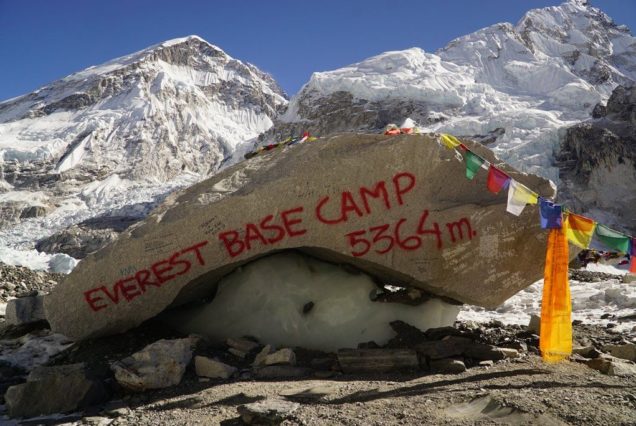
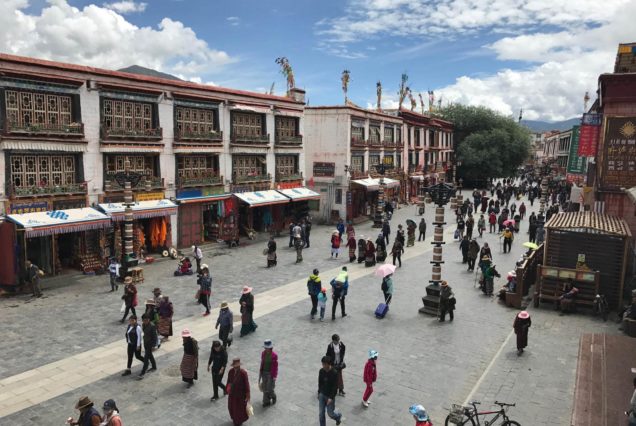

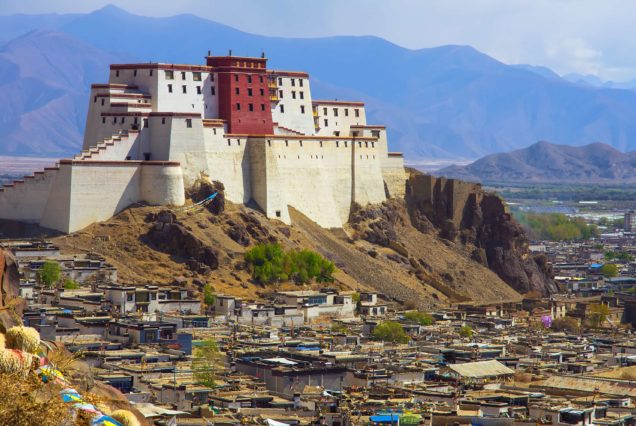
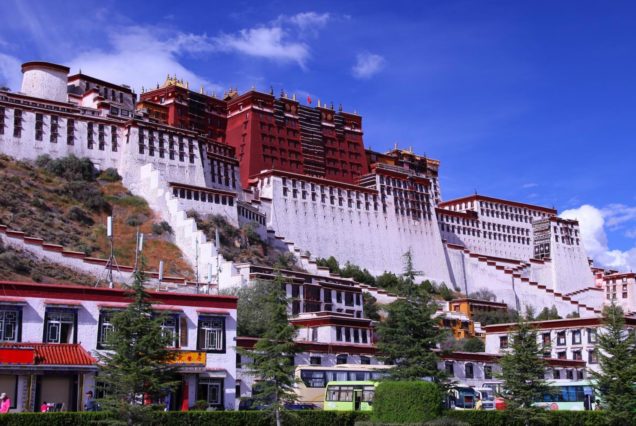
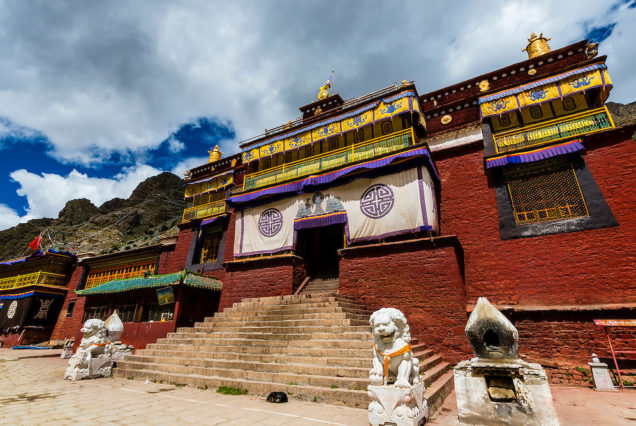
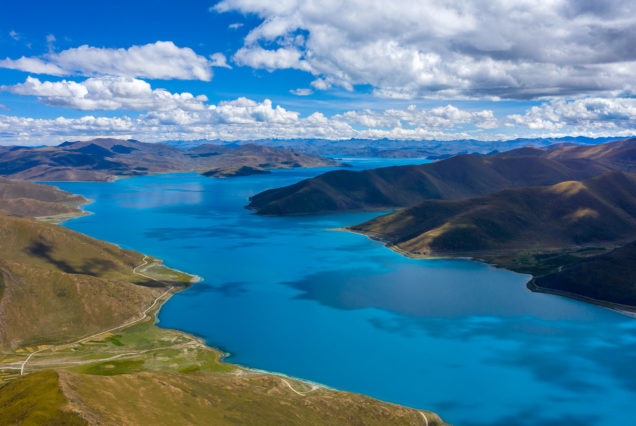
Duration
6 Nights / 7 Days
Max People
50
Min Age
10+
Pickup
Airpot
Travel Tips to China
Climate:
China has a continental and seasonal climate. Most parts are in the temperate zone but southern areas are in the tropical or subtropical zone while northern areas are in the frigid zone. Climates in different areas are complicated. For instance, northern Heilongjiang Province has a winter climate the year round without summer, while Hainan Island has a summer climate the year round without winter. The following is a reference table for tourists to prepare clothing on their trips.
Temperature in Beijing during Oct: around 12c.
Temperature in Lhasa during Oct: around 8c.
Use of English in China:
Most civil servants, custom officials, police, hotel staff and typical men in the street do not speak English or at best a smattering of English.
Most signboards and notices will carry both English and Chinese. However, be aware that some translations can be so notorious that one can hardly understand what was it’s original Chinese intention.
Do not expect hotels or shops to understand English. Only the very big or business-class hotels will have staff that will understand or speak English.
Most young people can understand basic English if you speak slowly. Even if you hire a professional translator, do not be surprised that they do not have a good grasp of English. Ensure you engage the services of a professional service provider that can supply good translators.
Chinese Food:
Local Chinese food is absolutely fabulous. Try as much Chinese food as your wallet or stomach can afford. Restaurants are available everywhere and open to late hours. Most restaurants will have a menu that include photographs of the various dishes. Better yet, simply point at the food that your next door table is having, especially if it looks delicious!!!
However, avoid street side stalls and drinking directly from the taps if you have delicate stomach.
Internet in China:
There are cyber-cafes everywhere in China, especially in tourist areas. Most are patronised by young people playing online games but you still can check your Hotmail, Yahoo or Gmail. Access may be a bit slow for international websites.
You will need to show your passport as China has tight regulations at Internet Cyber Cafes.
Toilet in China:
One of the worst experience many has with China is the atrocious toilet facilities. Things has improved very much but it may still be a good idea to empty your stomach or bladder at every opportunity in a hotel, restaurant or departmental store. Public toilets and toilets in small shops can be a nose hazard!
Popular Chinese Products:
Silk: Chinese silk is famous in the world for its magnificent quality, color and variety. Representative samples are brocade from Hangzhou, Sichuan brocade from Chengdu, the fine, tough silk and pure silk crepe from Suzhou and tussah silk from Dandong.
Tea: China is the home of tea. Tea is divided into green, black, perfumed, white and Wulong tea. Longjing (green tea) and Biluochun (green tea), are famous throughout the world.
Liquors and Wines: Since ancient times, China’s spirits and wines have developed in their unique way and have won many international awards. Famous liquors include Maotai from Guizhou, Fen and Zhuyeqing from Shanxi, Wuliangye, Jiannanchun and Luzhou Laojiao from Sichuan, Gujing tribute liquor from Anhui, Yanghe Daqu from Jiangsu and Dong Liquor from Guizhou. Fruit wines include gold medal brandy, red grape wine and Weimeisi from Yantai, China red grape wine from Beijing, Shacheng white grape wine form Hebei, Minquan white grape wine from Henan. Yellow rice wines include rice wine from Shaoxing, sinking-in-jar wine from Longyan and sealed jar wine from Danyang. Yanjing and Qingdao are two famous brands of the many varieties of fine beers available in China.
Traditional Chinese medicine: The body of knowledge that makes up traditional Chinese medicine (TCM) has been accumulated over thousands of years. It is a school of its own. Numerous herbal and other drugs are being used for their high curative efficacy, and those with a high tonic value are favorites with the Chinese.
Tipping:
If you are traveling in a small party like 2 to 5 members, We suggest approximately US $8 to US $10 /per guest per day as tips for tour guide and US $4 to US $6 for the driver and about US $2 to US $3 for hotel bellboys as a gratitude for their service.
Photography:
You may photograph in most locations, except in most museums and archeological sites, while some institutions allow you to take photos if you pay a fee in advance.
ask for permission first if you try to take photos of people closely.
It is advisable to have filters with you as sometimes it might be hazy in the city/area you are to visit.
Useful Tips:
– Always ask for a receipt from a taxi driver so that you can complain if you have been cheated or for tracing purposes if you happen to leave your camera behind in the taxi.
– Try to take the name-card for each hotel that you are staying at as these cards will have a Chinese address and the map of your hotel location. This is useful if you need to seek assistance to find your way back as the English version or pronounciation of a hotel or a street name may be quite different from the Chinese version.
– The best months to visit China are April, May, September and October, as all have a comfortable temperature.
Tour Plan
Highlights: Hometown of Tibetan apron, spectacular scenery and typical Tibetan villages along the way.
Welcome to Tibet! Arrive to Gongkar airport ( 95 km from Lahsa )…Today you could go to the “hometown of Tibetan apron”. There you could learn how to make Pulu (a weaving wool fabric Tibetan cloth) by locals, you could have a try if you are interested in. And on the way to Lhasa, you will enjoy the spectacular scenery and the typical Tibetan villages. Stay at the hotel after arrival for adapting to the high attitude. It is helpful to take things easy for the first few days, and try to drink some water just and now.
Highlights: Potala Palace, Jokhang Temple, Barkhor Street.
Visit Potala, which was constructed in 637 by Songtsen Gampo, the first king of the united Tibet and later reconstructed and served as the winter residence of the Dalai Lamas. Jokhang monastery, the center of the Tibetan Buddhism and the sacred land of Buddhist followers where innumerable pilgrims come for worship everyday. The temple, built in 647, is the earliest wood-and-masonry structure still existing in Tibet. Then walk on the Barkhor Street nearby the temple, a big free market with its prolific stalls for selling local specialties.
Highlights: enjoy Tibetan tea in Ani Sangkhung Nunnery tea house, a short hiking into Tibet nature, catch the famous debate sessions of the monks in Sera monastery.
Head past Muslim tea stalls and butcher shops, along part of the Lingkhor pilgrim circuit to the yellow walls of the Ani Sangkhung Nunnery. This small, friendly and active nunnery is the only one within the precincts of the old Tibetan quarter. The site of the nunnery probably dates back to the 7th century, but is housed a monastery until at least the 15th century. The principal image, upstairs on the 2nd floor, is a thousand-armed Chenresing. A small alley to the side of the main chapel heads down to the former meditation chamber of Songtsen Gampo, the 7th-century king of Tibet. The busy nuns run a great teahouse in the courtyard. Then drive to Sera Monastery, have a little hike for the beautiful valley scenery nearby and picnic there, in the afternoon, visit Sera monastery, which was created in 1419 and has always been an important Buddhist seminary. As rose are planted everywhere in the monastery, it is also called “the court of wild rose”. Today still 200 lamas live in there. Catch the famous debate session of the monks before returning back to Lhasa.
Highlights: fabulous scenery of turquoise Lake and Karola glacier, a close touch with locals, hometown of Tibetan rug, shot the sunset in Gyantse Dzong.
In the morning drive to Gyantse along the Kyichu River. On the Kamba La (4.796 m) have a fantastic view of the holy lake Yamdrok (4441 m), one of the three holy lakes in Tibet and the largest habitat of waterfowls in south Tibet. Then continue to Gyantse, if you are interested in, you could have a closed touch with Tibetan locals, visit their house, have a chat with them, see how they turn the yak dung into a good fuel, or how they gather in the harvest, different season different activities. You can enjoy Ningjinkangsang Snow Mountain and Karola Glacier from a distance on the way as well. Upon arrival in Gyantse, the hometown of Tibetan rug, explore its carpet. After dinner, a short hiking to Gyantse Dzong, shot the sunset there, it is worth the stiff climb to its upper limits. There is amazing views of Gyantse, the monastery compound at the end of town and the surrounding Nyang-chu Valley.
Highlights: Pelkor Monastery and Kumbum Stupa, the seat of Panchen Lama.
Have a tour to Pelkor Monastery and Kumbum Stupa and then head to Shigatse, the second largest city in Tibet and also the seat of Panchen Lama. It is a good place to hang out, explore the nearby monasteries and enjoy a beer in the Tenzin Hotel while gazing across at the ruins of the Shigatse Dzong fort. Tashilumpo is also a highlight of Tibet and is Shigatse’s foremost attraction.
Highlights: Tibetan artistic explore in Nyemo County.
Drive to Nyemo County, it is a wonderful area for trekking and hiking, today we will have a Tibetan artistic tour and camping in the county yard. Nyemo is famous for its Tibetan joss stick and Tibetan porcelain, you could see how the locals make them in the traditional way.
Highlights: Souvenir shopping and scenery on the way.
Short hiking around village in early morning, and then a transfer journey to the airport and time to say good-bye. Tour services ends.
Tour Map
Reviews
There are no reviews yet.
You May Like
TANZANIA WILDLIFE SAFARI 7 DAYS NORTHERN TANZANIA SHOWCASE SAFARI PROGRAM
Commercial Registration No. 532442 – Professional License No. 79.11 – Tax Card No. 03605761208
Address: Via larga 1, Castel guelfo di Bologna, 40023, Bologna, Emilia Romagna, Italy.
Support
About Us
Support
About Us
Contact Info

- © 2022 StarGate Travel All Rights Reserved.




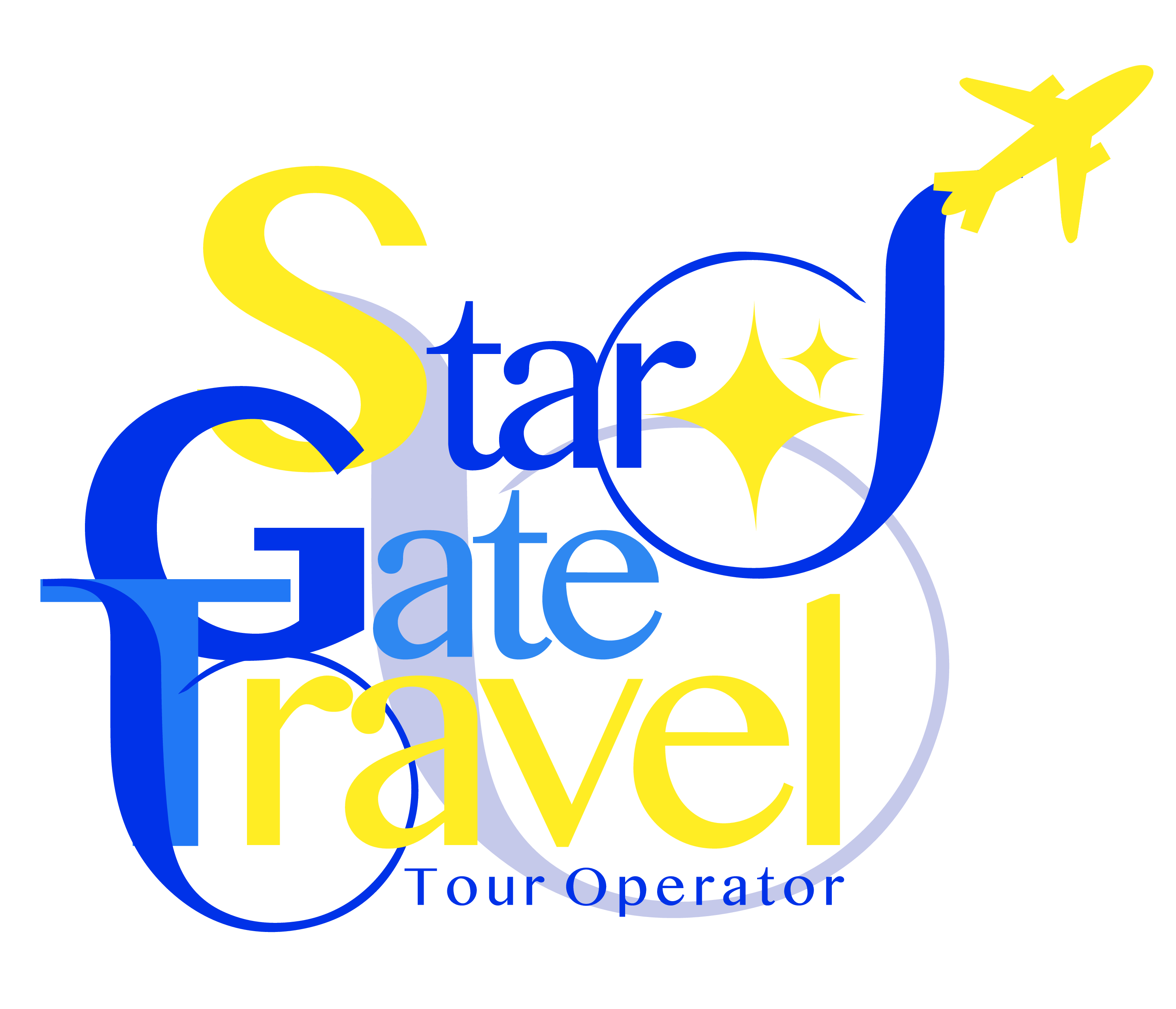
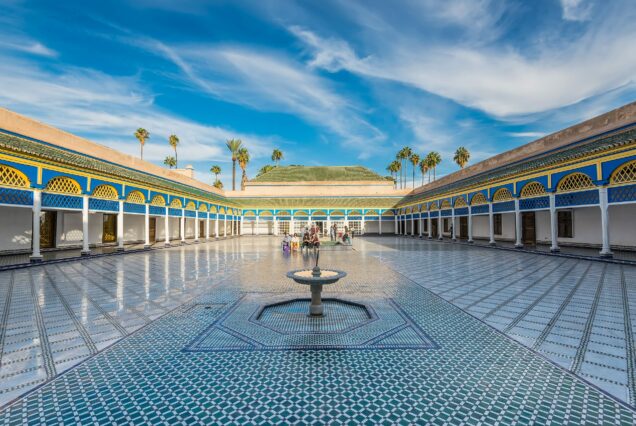
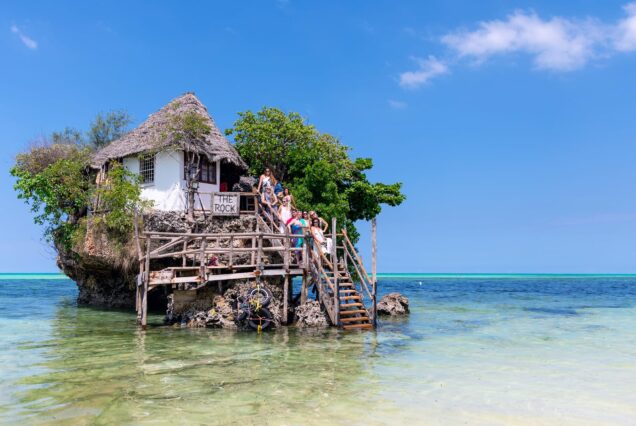
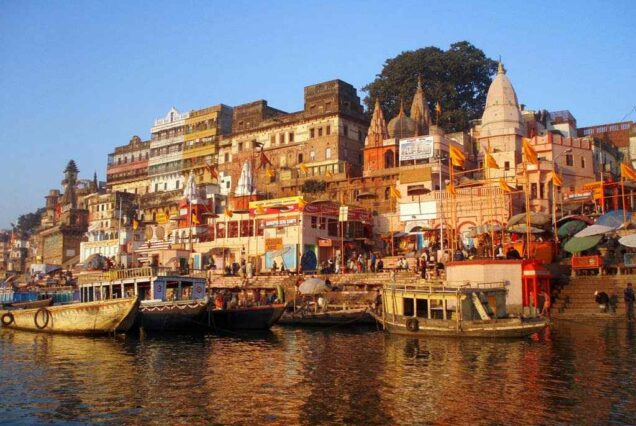
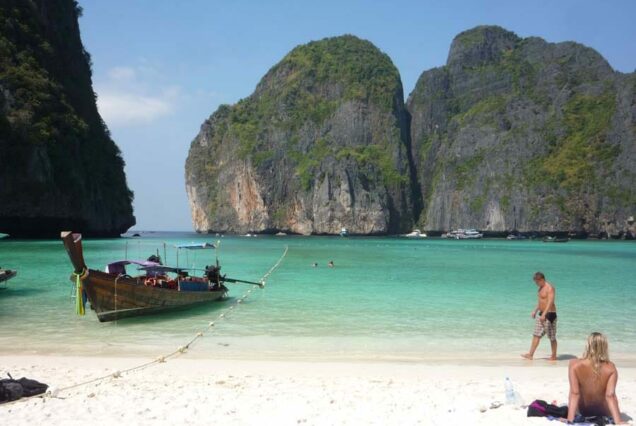
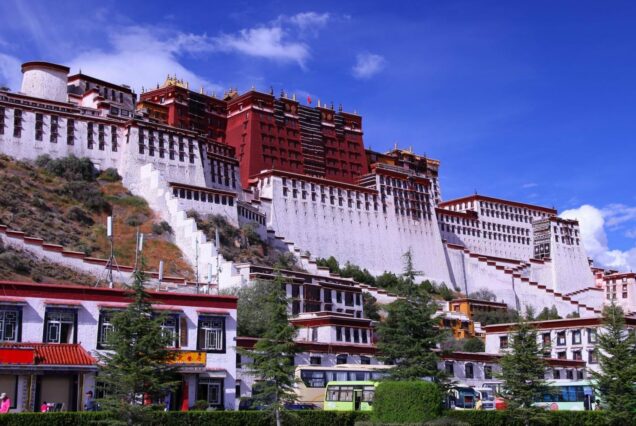

Be the first to review “Close Touch with Tibetan Culture and Nature 6 Nights / 7 Days”